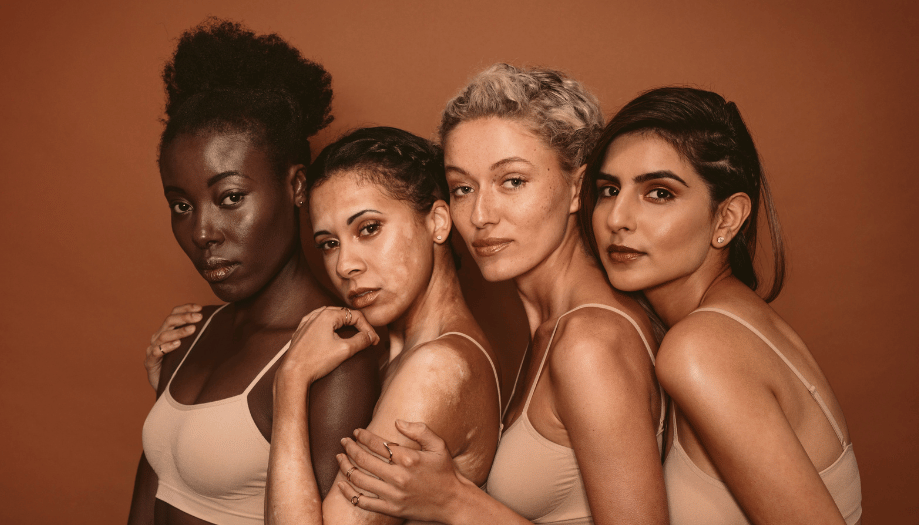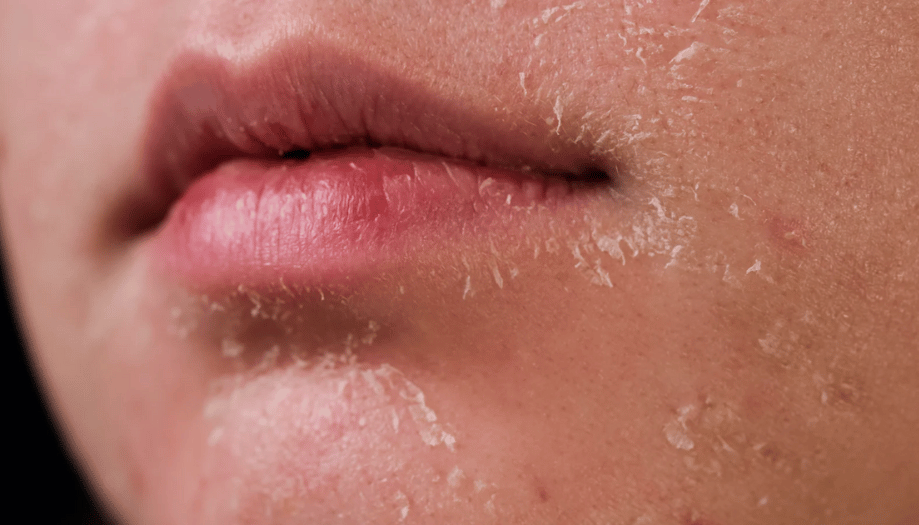
As a makeup artist, understanding your client’s specific skin type is essential to providing them with the best makeup service. Knowing the right products for their skin type can make all the difference in achieving the desired look and lasting results. It is important for makeup artists to be aware of the different types of skin and understand which products are suited for each type.
In this article, we will explore how you can figure out what skin type your client has as well as provide helpful tips on which beauty products are best suited for each.
Knowing a client’s skin type allows you to select the best products for their specific needs. Depending on their skin characteristics, you can choose products that provide hydration, radiance, mattifying effects, and more. It also makes it easier to customize colors and textures of foundations and other cosmetics that work with the natural balance of their complexion.
By understanding the condition of a client’s skin, you are able to better anticipate any reactions they may have with certain products or procedures. You will be able to offer them advice on how they can take care of their skin and which treatments would benefit them most according to their goals or concerns.
Understanding the different skin types is an essential part of creating the perfect look. Different looks and products work best for different skins, so it is important to be able to identify what type you are working with. There are four basic skin types: oily, combination, dry and normal; each requiring its own special care.

Oily skin requires special attention and care, as this type of skin produces excess oil which can cause problems with makeup application and overall appearance. Identifying oily skin is not as difficult as you may think; there are several characteristics that will help you accurately distinguish it from other similar types.
The first way to determine if someone has oily skin is by looking for shiny patches on the forehead, nose and chin areas. Additionally, pores may appear larger than normal due to the accumulation of sebum (the natural oil produced by the sebaceous glands in our bodies). Oiliness can also be identified through touch – one should feel a slippery sensation when lightly pressing their fingers against the face.

When it comes to identifying dry skin, one of the most obvious signs is flaky patches on their face or body. Additionally, clients may also experience itching, tightness and have a dull complexion. Furthermore, fine lines usually appear more visible on dry skin as there is not enough moisture to fill them in.
To determine if someone has dry skin, ask questions about their lifestyle habits such as whether they take long hot showers, how often they moisturize and exfoliate as well as their diet and general hydration levels.

Combination skin is characterized by having an oily T-zone area (forehead, nose and chin) while the other areas of your face such as cheeks can be dry or normal. It is important to look at various aspects of the client’s skin including texture, oiliness, sensitivity, hydration levels and blemishes when determining which type of skin they have.
In addition to the oiliness in certain areas of their face, combination skin also often has unevenness in tone or texture due its mixture of dryness and oiliness.

One of the most common skin types is Normal Skin, which can sometimes be mistaken for other types of skin such as Combination or Oily Skin. It is characterized by an even complexion with no major issues such as redness or blemishes. The pores on Normal Skin tend to be small and not overly visible, making it a great canvas for any makeup look. Normal Skin also has good elasticity and feels healthy when touched; it should feel neither too greasy nor too dry.
Diagnosing skin type can be difficult for beginners, and there are a variety of tools and tests available to professionals that help determine the correct type.
The first step in diagnosing skin type is visual inspection. Analyze the complexion for signs of oiliness or dryness, as well as any other areas of concern such as age spots or discoloration. Additionally, look for areas prone to breakouts or irritation which could indicate an issue with sensitivity. After observing these physical characteristics, use a special tool such as a pH strip test on clean skin to confirm readings and accurately identify the exact type of skin being treated. Clients can also be asked about their skincare routine as well as any current issues they may have with their complexion such as acne or signs of aging.
Finally, get feedback from your client about their experiences with different products they have used before.
There are a variety of skin types, and it is important to know which products work best for each one in order to achieve optimal results. Makeup artists have the necessary knowledge and experience to help you determine the right products for your individual skin type.
Those with oily skin should look for matte finish products such as foundation, powder and concealer, while those with dry skin should use products that offer moisture and hydration. For combination skin, a combination of oil-free moisturizers can be used at the same time as oil-absorbing foundations or powders.
People who suffer from sensitive skin will need hypoallergenic makeup which is free from fragrances and other irritants. To ensure perfect application every time, make sure to consult a professional makeup artist who can recommend the most suitable product range for you according to your individual needs.
Taking the time to understand your client’s skin type can help you customize her makeup look and create a beautiful result. It is beneficial for both yourself and your client if you take the time to get familiar with different types of skin so that you can recognize any potential issues before they become more serious after applying any kind of makeup to their skin.
Having a good knowledge of each individual’s skin type allows you as a makeup artist to make better informed decisions when suggesting care or treatment options based on their individual needs.